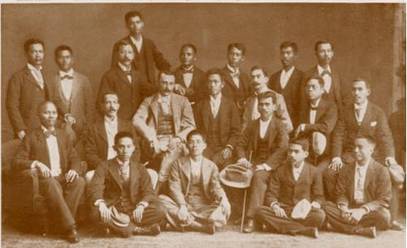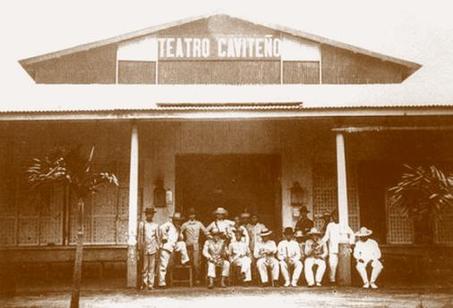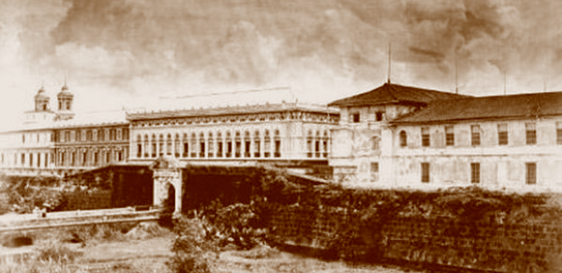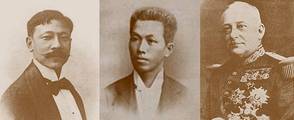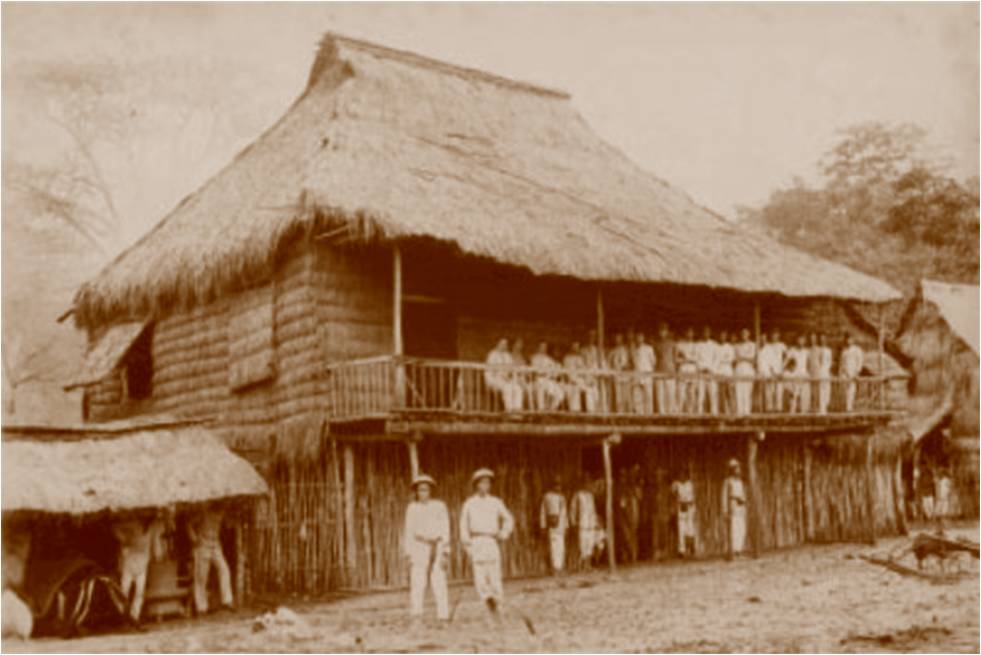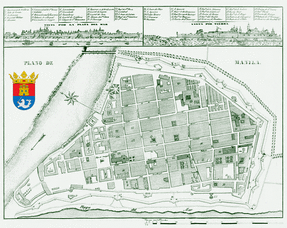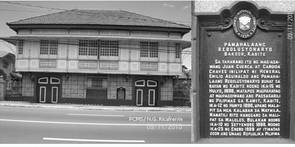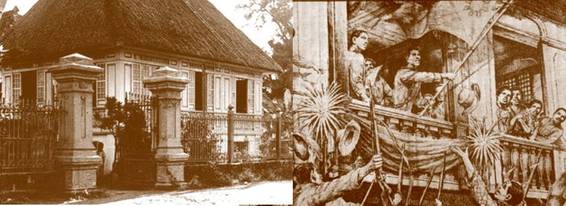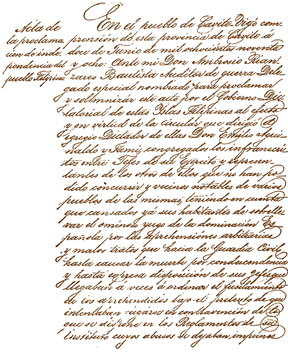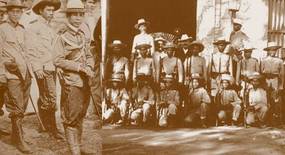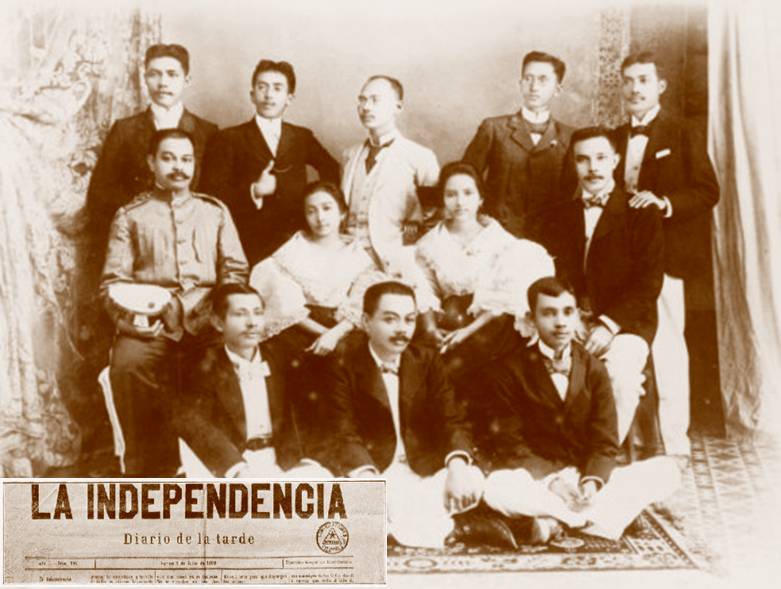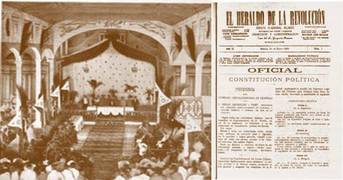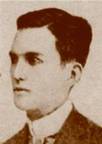_____________________________________________________________________________________________________________________
References and sources of images: IGLPI Journal No 1, November 2008; IGLPI Journal No 3, December 2010. Philippine Center for Masonic Studies; Agoncillo, Teodoro A. History of the Filipino People, 4th Edition. Quezon City:1973; Agoncillo, Teodoro A. Malolos: The Crisis of the Republic. 1997 Edition. University of the Philippines Press, Quezon City: http://quod.lib.umich.edu/p/philamer/ acc 12/1/2012; //en.wikipedia.org/wiki/Intramuros, acc. 12/1/2012;://filipinolibrarian.blogspot.com/2006/07/philippine-declaration-ofindependence_05.html. acc. 12/1/2012; http://philippineamericanwar.webs.com/philippineindependence.htm,acc. 12/1/2012
References and sources of images: IGLPI Journal No 1, November 2008; IGLPI Journal No 3, December 2010. Philippine Center for Masonic Studies; Agoncillo, Teodoro A. History of the Filipino People, 4th Edition. Quezon City:1973; Agoncillo, Teodoro A. Malolos: The Crisis of the Republic. 1997 Edition. University of the Philippines Press, Quezon City: http://quod.lib.umich.edu/p/philamer/ acc 12/1/2012; //en.wikipedia.org/wiki/Intramuros, acc. 12/1/2012;://filipinolibrarian.blogspot.com/2006/07/philippine-declaration-ofindependence_05.html. acc. 12/1/2012; http://philippineamericanwar.webs.com/philippineindependence.htm,acc. 12/1/2012
